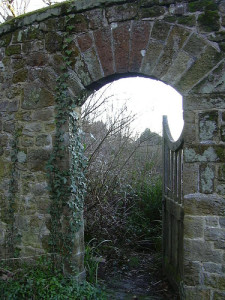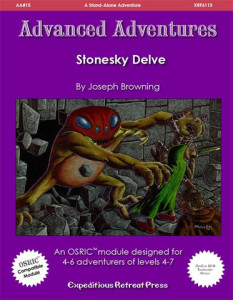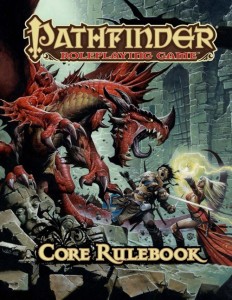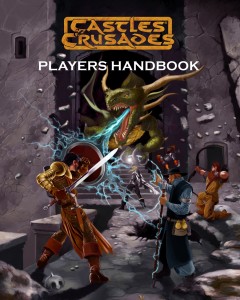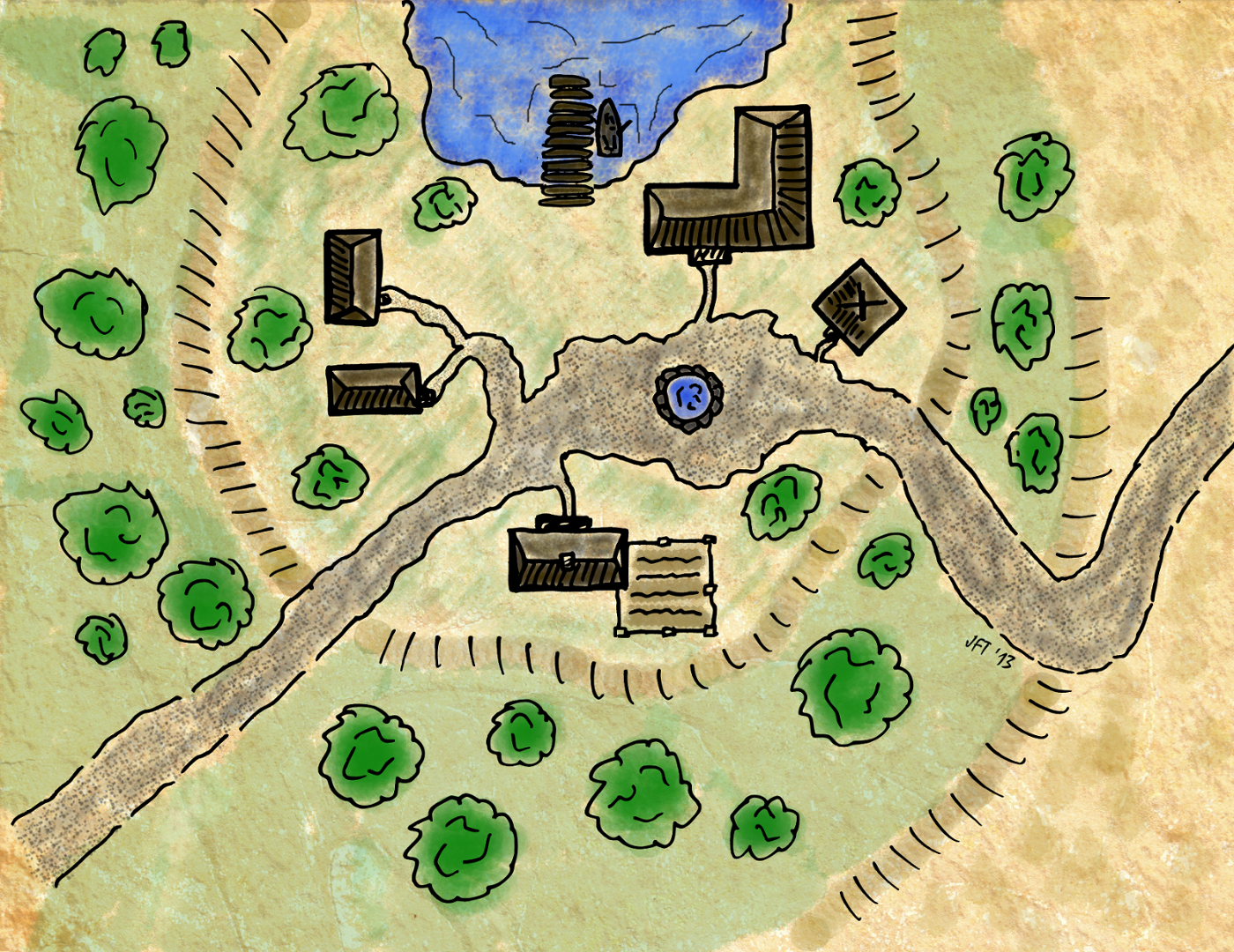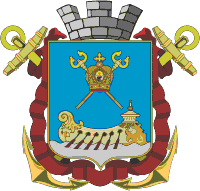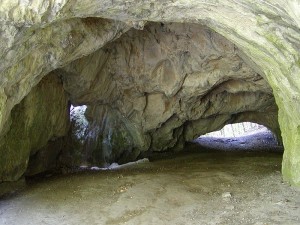Brainstorming. The term is thrown around enough these days you’d think it would solve all your problems while cleaning your house and cooking you a gourmet five-course meal. It can be done alone or in groups and be quite effective. But it boils down to thinking, talking things out, or doodling on paper or on the computer to come up with or flesh out ideas.
That said, instead of “storm,” I prefer the word “squall.” Storms can last hours or days and may affect larger areas. Squalls pop up quickly, affect a smaller area, blow things around, shake things loose, and rattle the walls… then they’re gone just as fast. That’s more what brainstorming is to me.
So let’s call it “brain-squalling” for now, shall we? And yes, I am getting to a point.
How do you come up with ideas for your adventures or campaigns? Inspiration? A muse? Alien transmissions? And what happens when those sources dry up and you are generating material for the next session? Does the world suddenly stop? Probably not. There’s always another session to plan for!
What I want to cover here is three different techniques I use to rattle things loose in my brain pan when I get stuck… Mind maps, lists, and talking to myself. Hopefully they’ll help you generate ideas as well.
Let’s start with mind maps. In case you’ve never heard of a mind map, here’s a good description. Basically it boils down to using a bit of a graphical approach to draw on both sides of the brain, combining art (circles and lines, so don’t panic) and words (or phrases) and discovering relationships between them.
It’s really easy to get started. Get a piece of paper. Write down a word (let’s start with “dungeon” here) and draw a circle around it. Think of the first thing that comes to mind about a dungeon and write that down somewhere close to “dungeon” and draw a circle around it. Then draw a line between “dungeon” and your second term. If more words come up for “dungeon”, add them and circle them. If a word comes up for one of the secondary terms, write it down and connect the two via a line. Eventually you’ll end up with prickly beasts of words surrounded by circles and connected to other circles. Each connection denotes a relationship of some sort. And before long you might have your idea for a dungeon or a session or a whole campaign.
Here’s a sample mind map I came up with for a dungeon (using FreeMind – a free mind map tool)…
Next up… Lists. They’re everywhere. Whether it’s a list of names, items, or words; or a list of questions to get you thinking about a topic from another direction – sometimes we just need that spark to get us going. Do a quick search on the Internet for “world builder questions” and you’ll come up with a half dozen lists right away including the exhaustive Patricia C. Wrede Worldbuilder Questions or 13 Worldbuilding Questions from Veronica Sicoe (a little more recent), you should get somewhere quickly by coming up with answers for yourself. If you’d rather look at some of the awesome products from Lee’s Lists at DriveThruRPG and other folks – everything from prophecies to monsters, names, artifacts, food, and more.
And there’s always the classic list – Who, What, When, Where, Why, and How? If you’re designing a dungeon, here are a few questions you might ask yourself:
- Where is it? Above-ground, below-ground, mixed?
- What’s it made of? Stone? Brick? Wood?
- Who built it? Miners? Slaves? Contractors? Priests?
- Why was it built? Honor the dead? Hide treasure? Secret lair?
- When was it built? Is it ancient? New?
- How was it built? By hand? Magic? Alien technology?
Lastly, I’ve had great results just talking to myself out loud. There’s something about how the brain processes spoken language vs. how it processes written language that gets entire chunks of the brain in gear that don’t always fire when you’re just reading and writing. I don’t recommend doing it in a crowded place or you may get a few funny looks from your unintended audience, but if you have a few minutes of alone time in a place where you can talk openly it’s made a difference for me.
Use some of the different techniques together… Why not mind map the answers to some of the questions that you’ve asked yourself out loud? Looking at a single problem from multiple angles sometimes reveals interesting creative tidbits.
Hopefully you’ll find one or more of these techniques useful. And if you do use them, let us know how it went!
Brian “Fitz” Fitzpatrick is a Software Engineer who manages (or is that mangles) Game Knight Reviews and tinkers with writing game materials via his Moebius Adventures imprint. When he’s not writing about gaming, he’s actually gaming or at least thinking about gaming in some capacity. During the non-writing, non-gaming time he’s likely trying to keep up with his wife and two daughters or wrangling code for a living!



